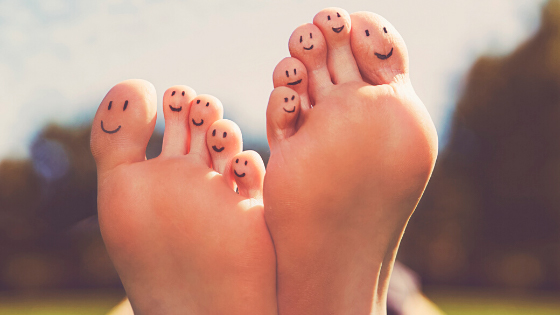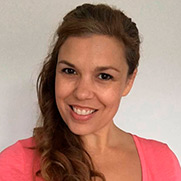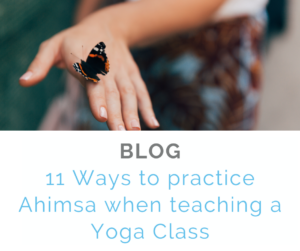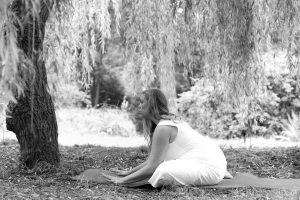Why do we practice Yoga bare foot?
On the Yoga mat it’s never the same if you have socks or shoes on; its dangerous as you can slip, culturally inappropriate in some countries and a housekeeping logistical nightmare for studios having dirty shoes trampling through clean practice spaces.
However, there is so much more to it than that…
We get a lot of sensory feedback from our feet. That’s why it feels so good to take off your shoes and walk in the sand. Why we are ticklish. Why stubbing your toe is so painful.
The skin on our soles contain many nerve endings which detect the movement of your body via pressure changes. Wearing socks or shoes will alter the perception of what you feel.
These pressure sensors are giving your brain feedback whenever you move your centre of gravity. It is also believed that these sensory nerve endings may also be able to initiate postural reflexes that promote a more stable standing position.[1]
Which is great for Yoga Asana!
Being mindful of the contact between our feet and the surface supporting them will allow you to adjust your practice. By receiving this neurological feedback you will understand your body’s position in space (proprioception) much better. Developing proprioceptive awareness for some people is very difficult but it is key in preventing and healing injuries.
This is why a Yoga Teacher telling you where you should be placing your feet is not helpful; any generic approach to foot placement in a standing pose has the potential to cause injury. However, a teacher telling you how to place your feet is vital to understanding and deepening the physical pose of the body.
For example, a useful ‘verbal adjustment’ could be to engage the arches of the feet in any standing pose. Distribute the pressure throughout the foot with awareness of the ground beneath you. Lift the toes and being aware of how this effects the arch, and subsequently the whole leg. Being mindful of the effect this has on pelvis and spine. Actively standing if you will. This is a helpful lesson and is encouraging exploration of the body through foot placement and grounding to the earth, as well as the effect of gravity.
However telling someone they must have one foot placed at a certain angle to the other and depicting it in specific degrees is an injury waiting to happen.
If you are not contacting your feet directly on the floor then your perception of your physical body is altered; you could be missing vital clues on how to adjust your own body with gravity making the position more tension-creating than truly grounding – by feeling the ground beneath your feet you are truly grounding your practice.







